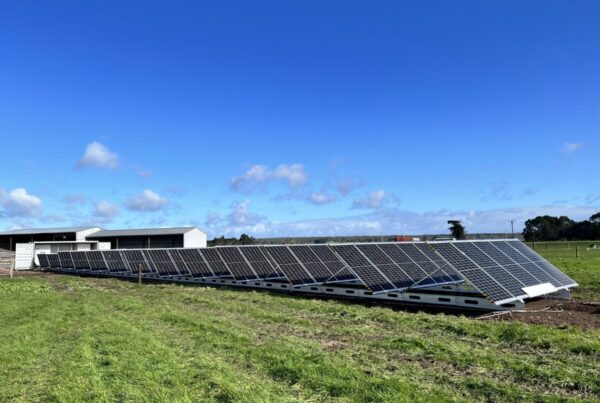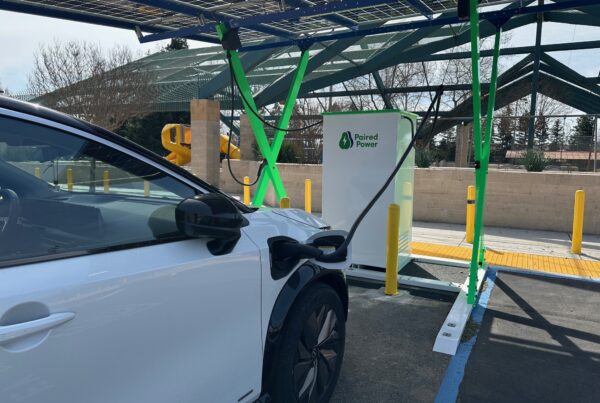By Dawn Reiss – Organic Produce Network
Published May 27, 2025
At a Glance
- Nichols Farms expanded its organic pistachio line to meet demand for clean ingredients and branded growth.
- The company is building a dedicated organic line and using sustainable farming practices to ensure quality.
- While California grows nearly all the world’s pistachios, 70% of them are exported to China, Turkey and other markets.
Pistachios aren’t easy to harvest.
Grown on trees, there’s a thin skin around the nutmeat, a hard shell and an outer leathery husk that makes it about twice the size of the actual seed. Technically, in biological terms, pistachios aren’t nuts. Like almonds and cashews, they’re actually a drupe, a stone fruit surrounded by a shell that includes several soft and hard layers.
“You have to get that peeled and dried within 24 hours or the crop will spoil,” says Jeff Nichols, vice president of supply chain and grower relations of Nichols Farms based in Hanford, California. “Pistachios can deteriorate really quickly in the field.” Its delicate temperament means about 60% of a pistachio crop is harvested within a three-week window, Nichols says.
With tariffs and trade wars compromising supply chains and exports, the task is even more arduous.
“Last year, our crop was the biggest record crop and China was by far the biggest buyer,” Nichols says. “If these tariffs continue—they’re at 145% for pistachios right now—it’s going to be a big issue to unload the pistachio crop.” That’s because 70% of pistachios, as an industry, are exported to markets like China, Turkey and the European Union. Nearly 75% of the world’s supply is grown in the U.S. More than 90% of the U.S. supply is grown in California, according to American Pistachio Growers.
“We really thrive on free trade, which is an issue right now,” says Nichols, whose grandfather, Graydon “Nic” Nichols started the company in 1954.
Moving expectations
At the end of April, Joe Wodyka, Nichols Farms’ vice president of sales and marketing, had just returned from a trip to China. “[Tariffs] was the topic of conversation with the people we spoke to in China,” he says. “Because it’s so restrictive.
“It’s big for pistachios, but it’s big for every other nut that comes in there like almonds and walnuts. It’s a real issue,” he says. “And the problem right now is there is no real defined policy on it. Today it’s 145% [tariffs], tomorrow it could be 50% [tariffs], next Thursday it could be 120%. There’s no order and that’s what’s creating difficulty.”
That makes exporting pistachios like playing football where the goal line is constantly being moved, as if a 100-yard gridiron suddenly changes into a 70- or 50-yard field.
“That’s exactly right,” Wodyka says.
The worst part, Nichols and Wodyka say, is trying to plan.
“Chinese New Year takes up about 70% of their overall product,” Nichols says. “That needs to ship out of here by late November, at the very latest. If the tariff issue is resolved in January, it’s going to be too late.”
Read the full story here





